THE DIAGRAM: THE SINGLE MOST IMPORTANT SKILL FOR STUDENTS OF DESIGN
Today, we asked my former student, Andrew Gipe-Lazarou, Ph.D. to provide insight on his first semester as a professor at Virginia Tech School of Architecture + Design. We let him decide on the specific topic — his decision was to describe the importance of Diagrams for students of design — ARCHCareersGuide
This past week, I walked onto the third floor of Cowgill Hall, where I teach second year design lab at the Virginia Tech School of Architecture, and below a sign reading “Drew’s Crew” I found a list of stats created by my students to capture the culture of our studio. Topping a list of two dozen entries (including “number of times studio is occupied after midnight” and “number of project restarts”) was “the number of times Andrew says to draw more diagrams”.
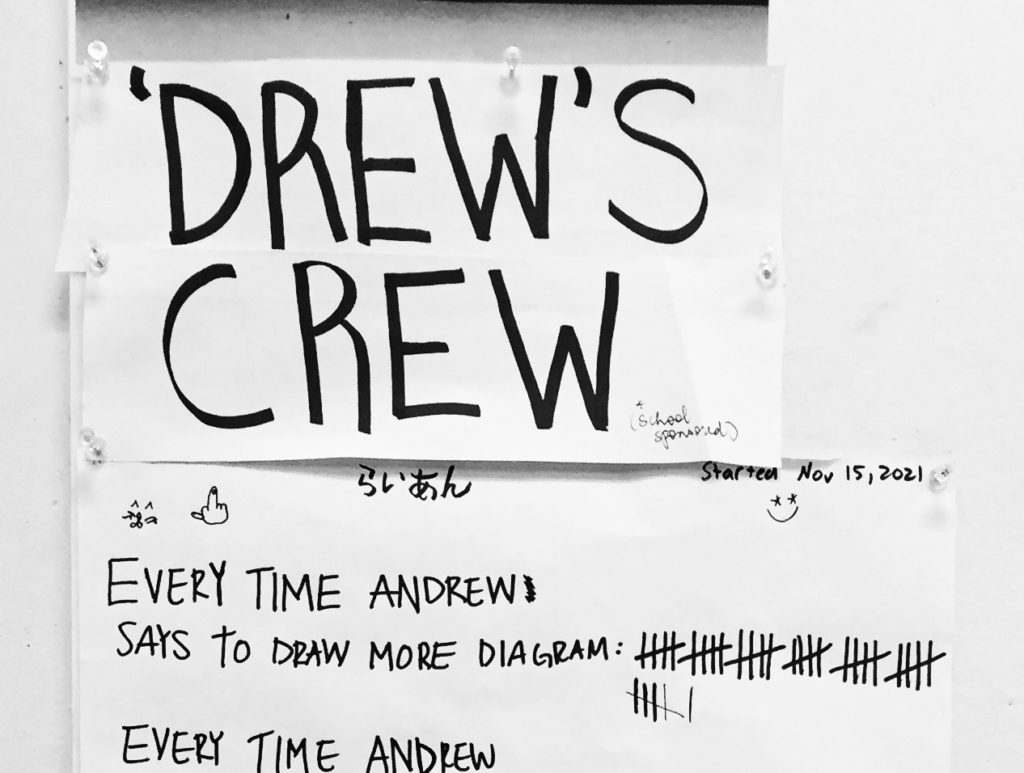
If architecture is the language of space, then diagrams are the common tongue. They are the architect’s “layman’s terms,” “plain English,” the idea “put simply”. And for what concerns their contribution to student design projects, I like to divide them into two types: 1) those diagrams that help to conceptualize the project; and 2) those that help to represent it. The first type amounts to a graphic record of internal dialogue – a sequence of thoughts and ideas that you share with yourself as you drive your design forward (e.g. “what if I rotate these volumes…” or “what if I lay out my program thusly…”)

The second type are drawing helpers – accessories to those industry standard drawings (plan, section, elevation, perspective) which constitute your proposal (e.g. “this axon is located here in plan…” “the project’s big idea is…”).
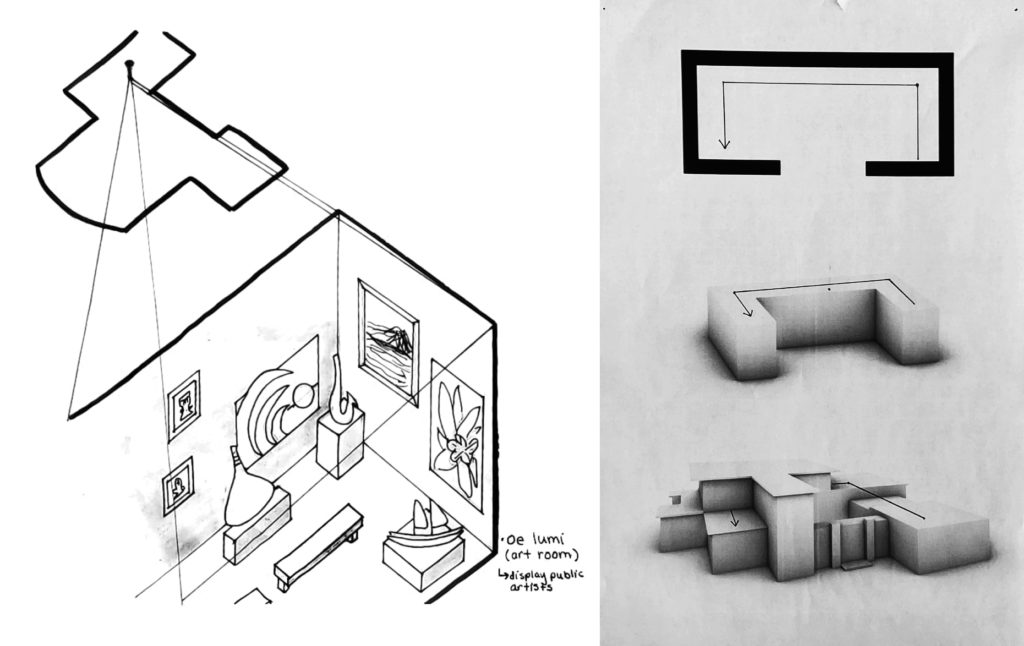
Here are a few suggestions for developing this essential skill:
- Keep it simple. A diagram is already, by definition, a simplification (or abstraction) of ideas. Don’t try to accomplish too much with a single drawing; capture a concept, develop an idea, then draw another.
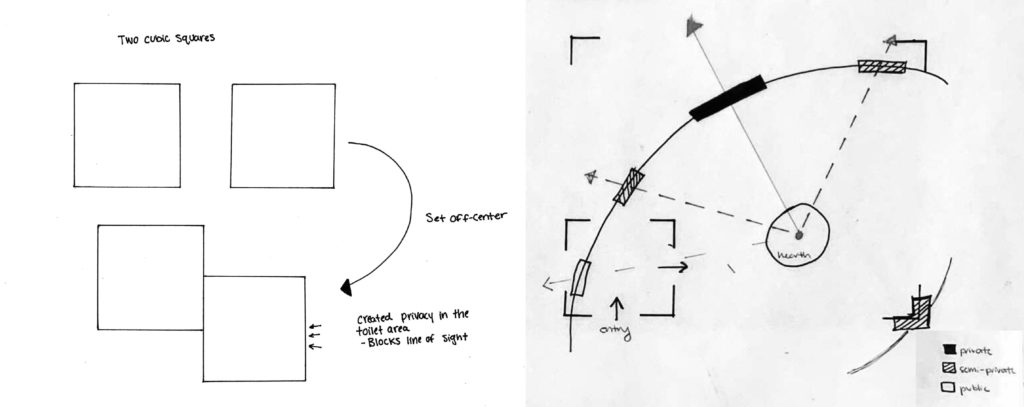
- Don’t use color. (And if you do use color, use it sparingly, and with purpose). You can already accomplish a great deal with black, white, and shades of gray (not to mention different line weights, line types, and hatching patterns). Good diagramming requires discipline.
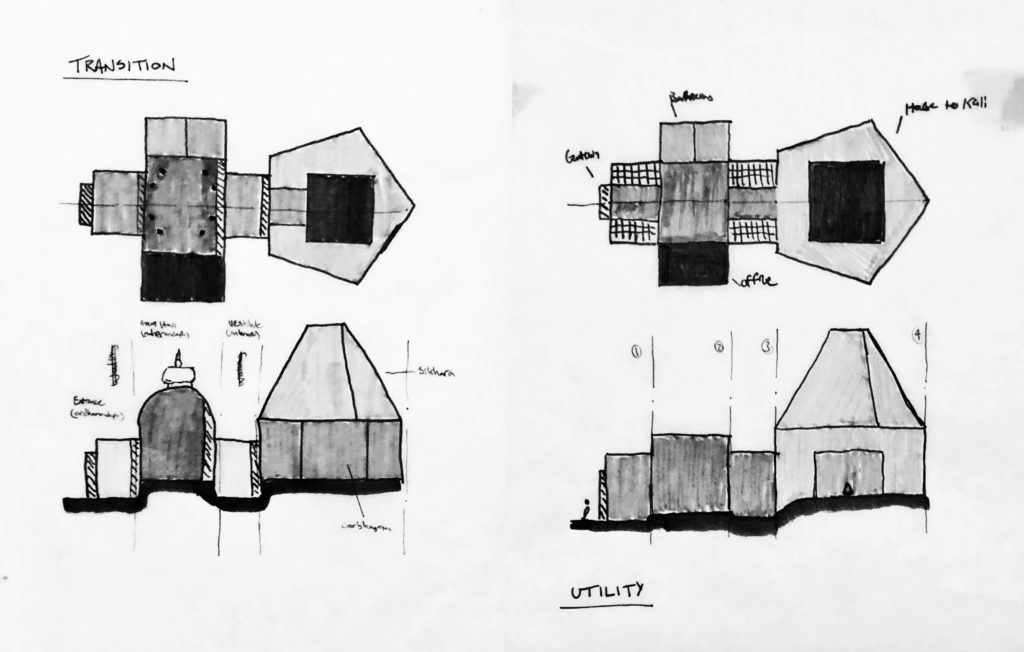
- Iterate your work, critically. From one diagram to another, try to take a step forward. Gradually introduce design parameters (program, adjacencies, dimensions, etc.) that help your diagrams transform into drawings. And when you’re stuck, keep iterating; focus on improving your craft (making the next diagram more beautiful than the last) or change drawing type and diagram in section, elevation, etc. rather than in plan.
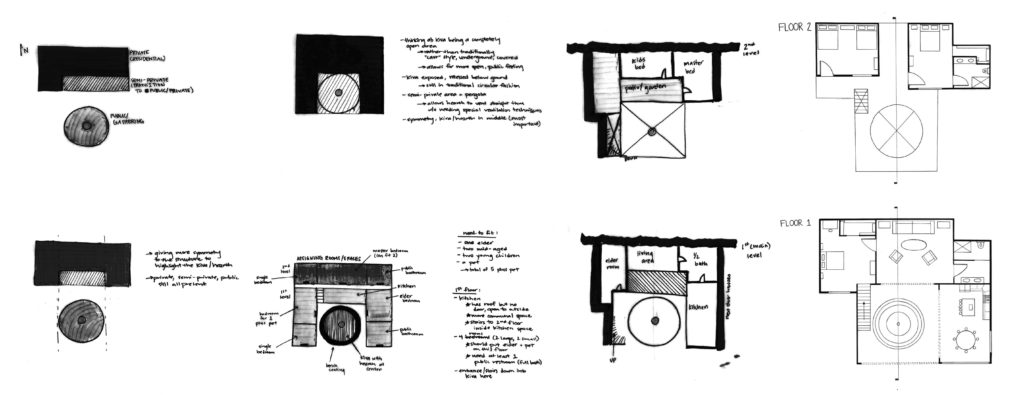
- Start by hand. You’ll find yourself faster when drawing by hand. Everyone diagrams differently. Appreciate the spontaneity of movement and technique that isn’t available in digital space and embrace your own artistry.
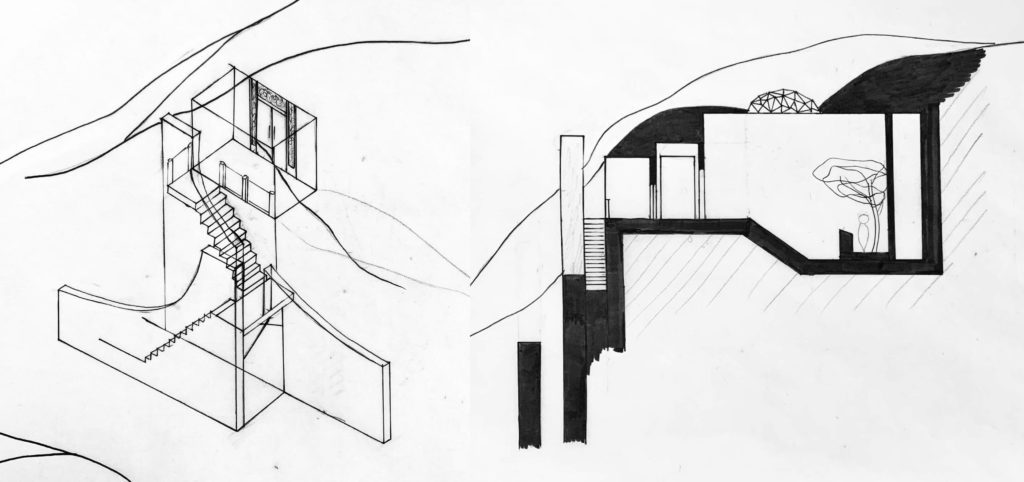
- Care about your craft. Help your diagrams help you think. Make them beautiful, accurate, effective. Make them graphically interrelated. Draw them carefully, shade and hatch with precision, make each diagram a miniature work of art.
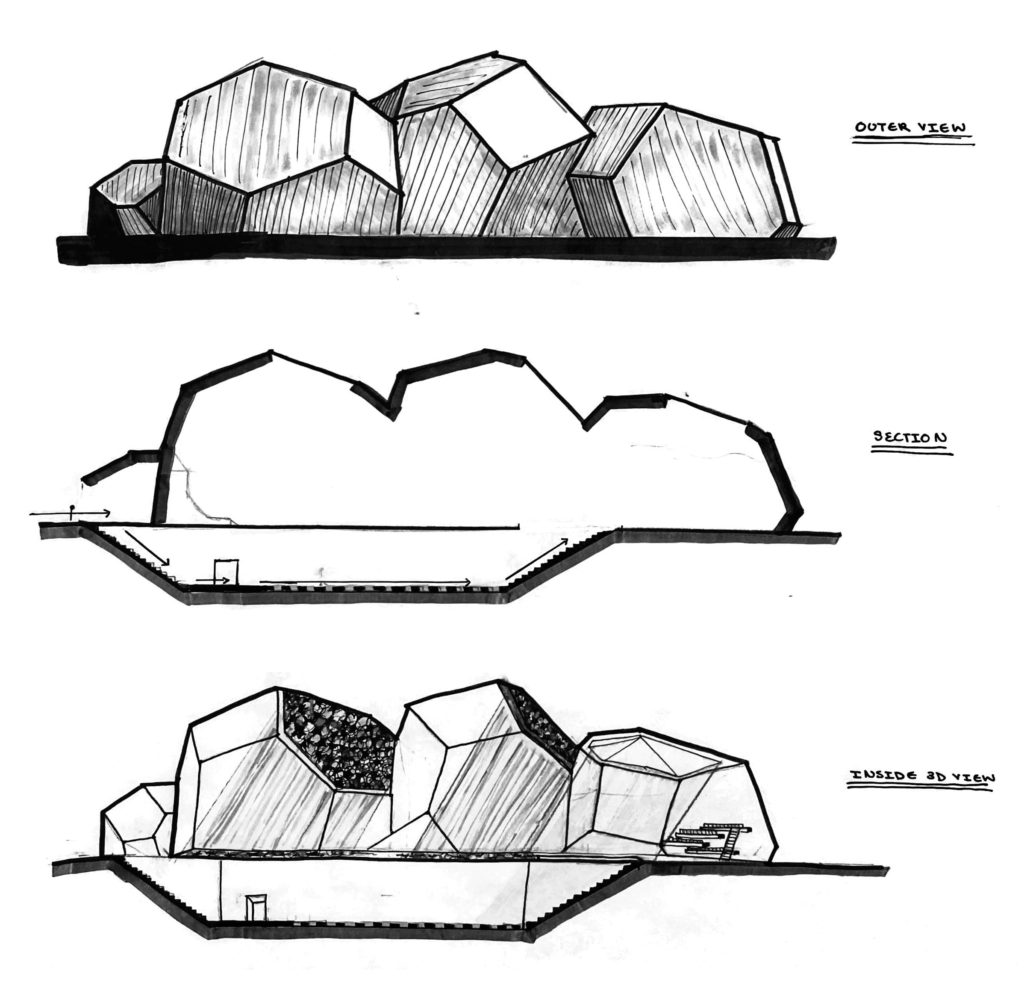
All of the work shown above was produced by Virginia Tech students in Dr. Gipe-Lazarou’s second year design lab, in the fall semester, 2021. Many thanks to Yuxuan Sun, Christopher Hoyt, Mei Machuga, Tamia Barnes, Ashley Broyles, Heather Thompson, Nico Wagner, Celeste Constantine, Peyton Eller, and Emma Guarino for permitting us to publish their work!
Andrew Gipe-Lazarou, Ph.D.
Visiting Instructor, Virginia Tech School of Architecture + Design
